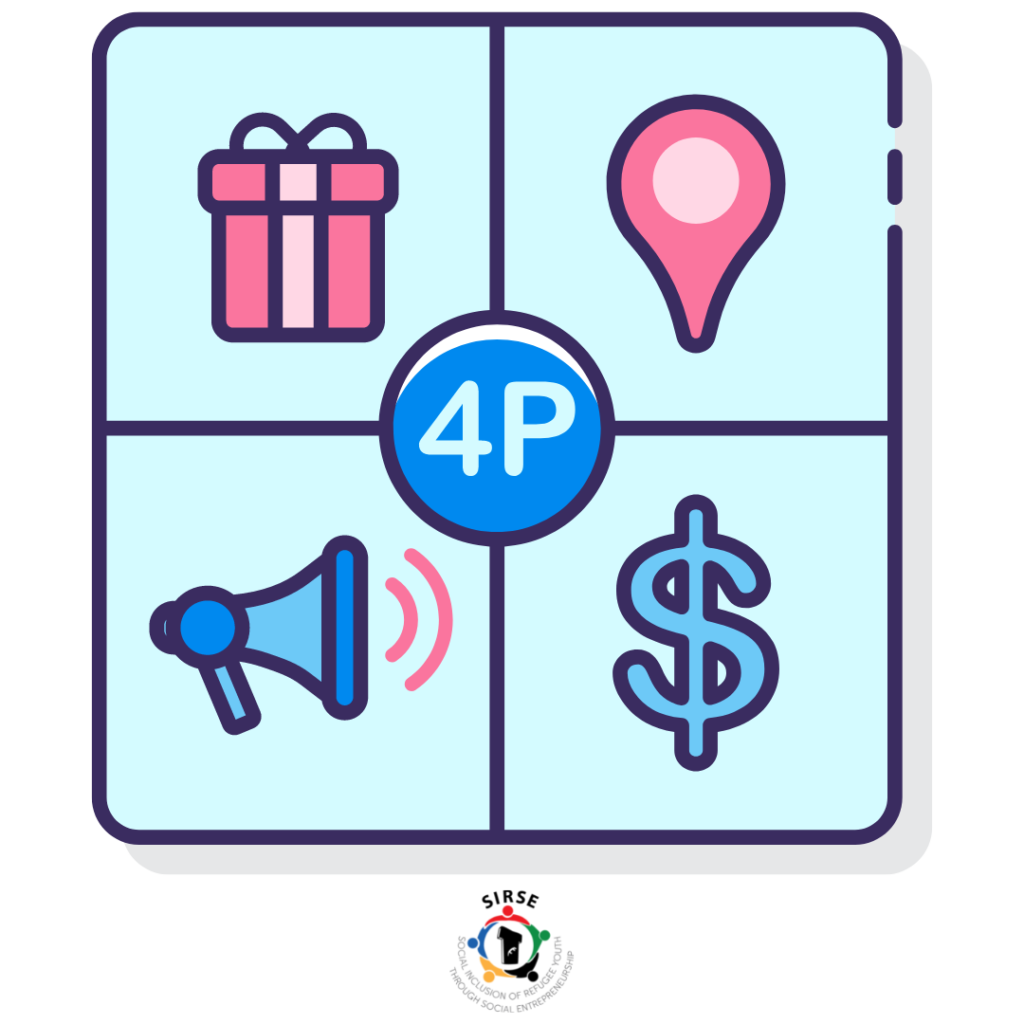PRICE
Price refers to decisions surrounding “list pricing, discount pricing, special offer pricing, credit payment or credit terms”. Price refers to the total cost to customer to acquire the product, and may involve both monetary and psychological costs such as the time and effort spent in acquisition. How a product is priced will directly affect how it sells. This is linked to what the perceived value of the product is to the customer rather than an objective costing of the product on offer. If a product is priced higher or lower than its perceived value, then it will not sell.
Questions to be answered:
What is the value of the product or service to the buyer?
Are there established price points for products or services in this area?
Is the customer price sensitive? Will a small decrease in price gain you extra market share? Or will a small increase be indiscernible, and so gain you extra profit margin?
What discounts should be offered to trade customers, or to other specific segments of your market?
- How will your price compare with your competitors?
PLACE
Place is defined as the “direct or indirect channels to market, geographical distribution, territorial coverage, retail outlet, market location, catalogues, inventory, logistics, and order fulfillment”. Place refers either to the physical location where a business carries out business or the distribution channels used to reach markets. Place may refer to a retail outlet, but increasingly refers to virtual stores such as “a mail order catalogue, a telephone call center or a website.
Questions to be answered:
Where do buyers look for your product or service?
If they look in a store, what kind? A specialist boutique or in a supermarket, or both? Or online? Or direct, via a catalogue?
How can you access the right distribution channels?
Do you need to use a sales force? Or attend trade fairs? Or make online submissions? Or send samples to catalogue companies?
What do your competitors Add to My Personal Learning Plan do, and how can you learn from that and/or differentiate?
PROMOTION
Promotion refers to “the marketing communication used to make the offer known to potential customers and persuade them to investigate it further”. Promotion elements include sales force, advertising, sales promotion, and public relations.
Questions to be answered:
Where and when can you get your marketing messages across to your target market?
Will you reach your audience by advertising online, in the press, on TV, on radio, or on billboards? By using direct marketing mailshots? Through PR? On the internet?
When is the best time to promote? Is there seasonality in the market? Are there any wider environmental issues that suggest or dictate the timing of your market launch or subsequent promotions?
How do your competitors do their promotions? And how does that influence your choice of promotional activity?
All of the four elements are centered around the customer. It is important to know who your audience is and what they care about. Before working on any marketing plan or strategy, it is essential to research your target audience in detail.
